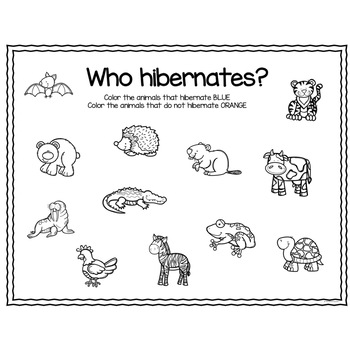
Marmots can spend up to eight months hibernating.During the winter, these incredible creatures roost in locations like caverns.

As they wait out for winter or for food to become more plentiful in the spring, some species of bats are another type of true hibernators, with their metabolism, heart rate, and body temperature all lowering. Reptiles begin to brumate in the late fall and will not eat over the winter however, they will need to sip water. In order to survive the wintertime food shortage, bears can slow down all of their bodily processes. Because their body temperatures do not drop throughout the winter, bears are not real hibernators. They scavenge for a variety of places to hide from the elements in order to survive. In order to protect themselves from the extremes of cold and dryness that can occur throughout the winter, frogs and other amphibians must hide. Arctic ground squirrels, whose body temperatures typically hover around 99˚F, can get as low as 27˚F. Some rodent species may considerably lower their body temperature during the winter, in addition to the many rodent species that store food and slow their heart rate and metabolism. Smaller animals, however, stockpile food to consume gradually throughout the winter. Larger animals consume a lot of food in the summer and early fall and turn it into fat to utilize as fuel during the winter. The majority of animals that hibernate need to store enough food or fat for the entire winter.Torpor is a general term for states in which animals temporarily lower their metabolic rate to get through a difficult season. The fossils show that torpor, which is a general term for hibernation and similar states in which animals temporarily lower their metabolic rate to get through a difficult season, arose in vertebrates even before mammals and dinosaurs evolved.According to sources, evidence points to a mammal that lived in Antarctica during the Early Triassic, some 250 million years ago, entering a state resembling sleep. New research suggests that this kind of adaptation has a long history.Key Facts & Information BACKGROUND HISTORY
#Animals that hibernate in winter worksheet download#
See the fact file below for more information on Hibernation, or you can download our 27-page Hibernation worksheet pack to utilize within the classroom or home environment. All forms of winter dormancy in vertebrate animals are often referred to as hibernation.


Hibernation is a state of drastically reduced metabolic activity and body temperature that some mammals adopt as a defense against harsh winter weather.


 0 kommentar(er)
0 kommentar(er)
